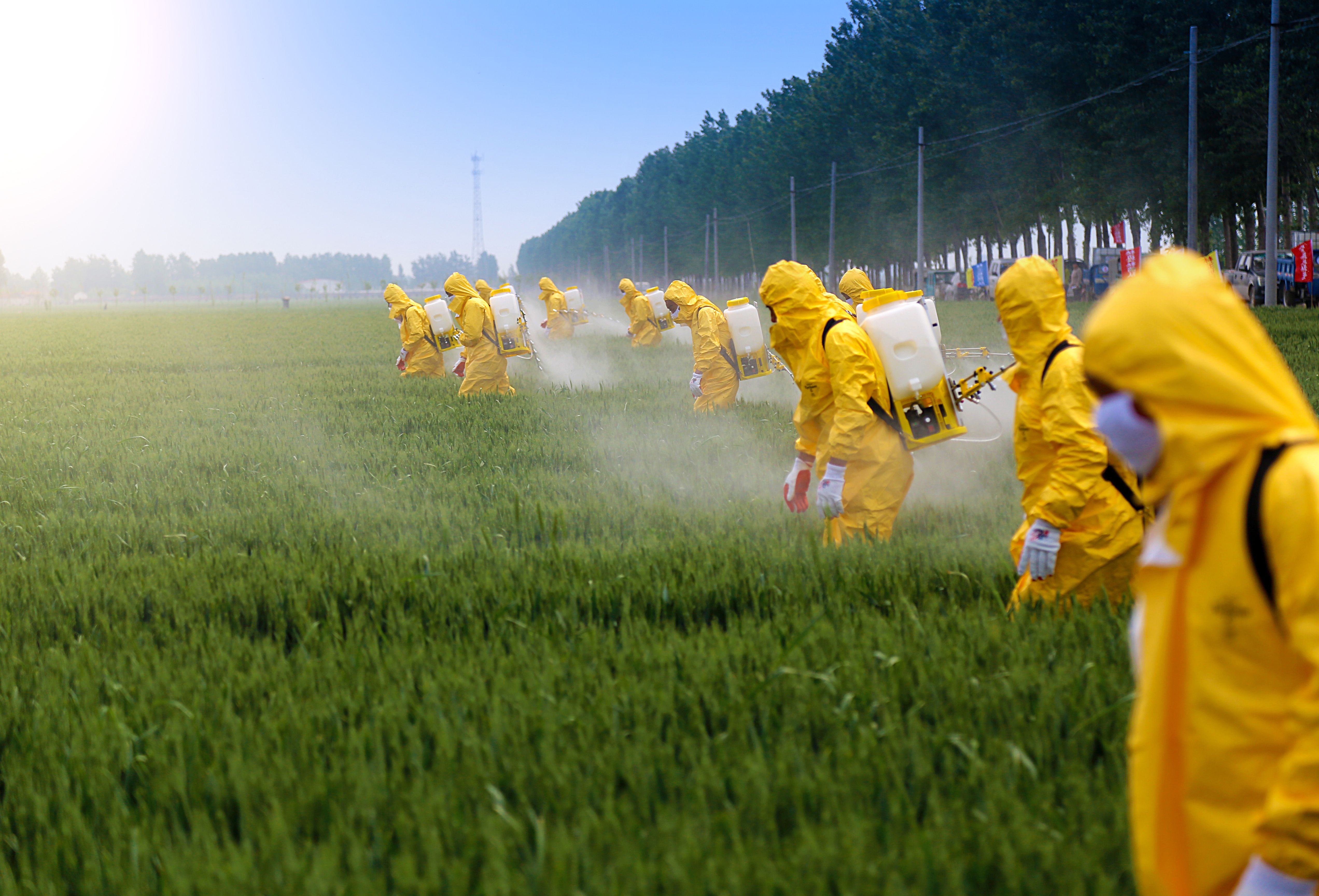Novel Analytical Methods Developed for Assessing Maximum Residue Levels of Pesticides

The use of pesticides in fruit and vegetable production is a common practice aimed at preventing pest infestations and improving the shelf-life of fresh produce. However, the presence of pesticide residues on food raises concerns about potential health risks to consumers. To address these concerns, regulatory bodies have set Maximum Residue Levels (MRLs) for pesticides, which define the maximum level of pesticide that can be present in a given crop.
In a recently published article, Kari Organtini and colleagues at the Waters Corporation discussed the use of mass spectrometry (MS) in combination with gas chromatography (GC) and liquid chromatography (LC) for comprehensive pesticide residue analysis. They explained that the use of Quick, Easy, Cheap, Efficient, Rugged and Safe (QuEChERS) sample extraction and clean up has streamlined analytical efficiencies for multi-residue analyses. Additionally, ultrahigh-pressure liquid chromatography (UHPLC) coupled with tandem quadrupole mass spectrometry (MS/MS) has been widely used for multi-residue pesticide analysis.
One challenge in enforcing MRLs is the fact that, in the European Union, a default MRL is used for enforcement if a pesticide is not explicitly mentioned in the legislation. This default value is set to be equal to the limit of quantification (LOQ) achievable with the analytical methods used for analysis. National authorities control and enforce MRLs by testing samples for pesticide residue levels using analytical surveillance programs. These programs check for compliance with MRLs, assess dietary exposure, and check for the use of unauthorized pesticides. The food industry also carries out its own due diligence analyses to ensure compliance with MRLs.
Recent advances in GC–MS/MS utilizing atmospheric pressure ionization (APGC) have shown significant improvements in performance over Electron Impact (EI) for challenging pesticides in terms of selectivity, specificity, and speed of analysis. The use of mass spectrometry and chromatography together have enabled the development of a single method for analyzing both liquid and solid samples.
While MRLs are in place to ensure the safety of our food supply, it is important for consumers to be aware of the potential risks associated with consuming food that has been treated with pesticides. Choosing to purchase organic produce, which is grown without the use of synthetic pesticides, is one way to reduce exposure to pesticide residues. Additionally, washing and thoroughly cooking fruits and vegetables can also help to reduce the presence of pesticide residues. The authors of the article stressed that the use of advanced analytical techniques is important in ensuring the safety of our food supply and in enabling regulatory authorities to effectively enforce MRLs.
Reference
Organtini, K.; Cleland, G.; McCall, E.; Hird, S.LC-MS/MS and GC-MS/MS Multi Residue Pesticide Analysis in Fruit and Vegetable Extracts on a Single Tandem Quadrupole Mass Spectrometer. Labmate Online. https://www.labmate-online.com/article/laboratory-products/3/fritsch-gmbh/extracting-active-ingredients-from-cannabis-plants/2228 (accessed 2023-04-12)
Analytical Challenges in Measuring Migration from Food Contact Materials
November 2nd 2015Food contact materials contain low molecular weight additives and processing aids which can migrate into foods leading to trace levels of contamination. Food safety is ensured through regulations, comprising compositional controls and migration limits, which present a significant analytical challenge to the food industry to ensure compliance and demonstrate due diligence. Of the various analytical approaches, LC-MS/MS has proved to be an essential tool in monitoring migration of target compounds into foods, and more sophisticated approaches such as LC-high resolution MS (Orbitrap) are being increasingly used for untargeted analysis to monitor non-intentionally added substances. This podcast will provide an overview to this area, illustrated with various applications showing current approaches being employed.
New Method Explored for the Detection of CECs in Crops Irrigated with Contaminated Water
April 30th 2025This new study presents a validated QuEChERS–LC-MS/MS method for detecting eight persistent, mobile, and toxic substances in escarole, tomatoes, and tomato leaves irrigated with contaminated water.

.png&w=3840&q=75)

.png&w=3840&q=75)



.png&w=3840&q=75)



.png&w=3840&q=75)


